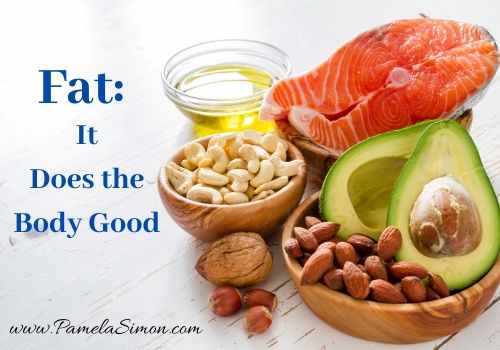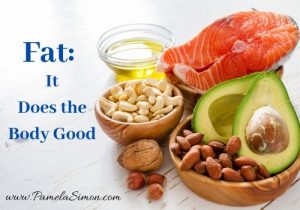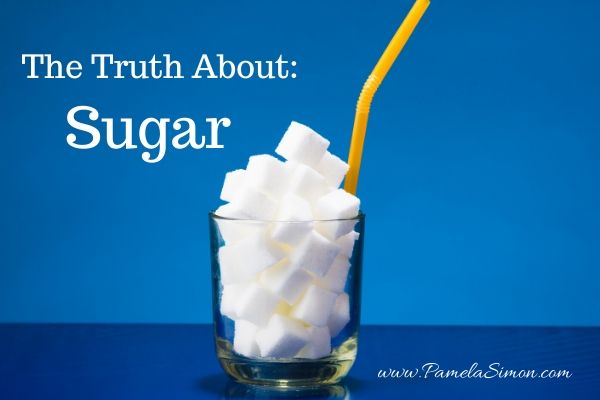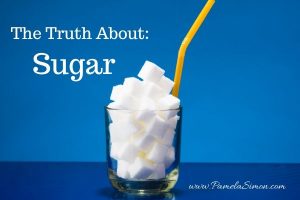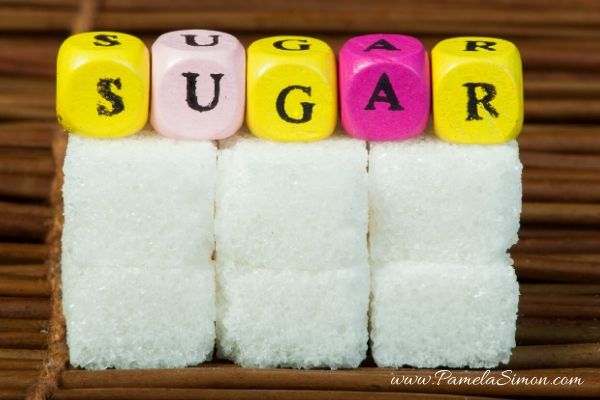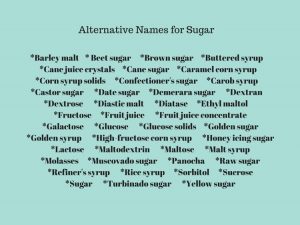Fat: Is it Good or Bad For You?
Hi There,
I mentioned in my last post, “Sugar: It Is a Big Deal,” that the low-fat craze in the eighties was a big factor in increasing the amount of sugar used in producing many foods.
Without the fat, manufacturers needed an ingredient to enhance the flavor, hence many variations of sugar was added to make the product taste better.
I certainly remember thinking at that time, fat is bad, low-fat is better, without giving any thought to the other ingredients. Some thirty years later, and loads of studies performed, we’ve concluded, fat is not the enemy, but the type of fat is.
Like my posts about sugar, there is SO much information about fats that I’ll need to break it out over a couple of posts. This week I’ll cover why the body needs fat, digestion of fat and the best food sources of fat. Next week I’ll discuss the different types of fat, there are quite a few!
Let’s start with the one question I hear often…
Does the body need fat?
Fats are found in every cell membrane, organ and tissue, which is why an adequate amount of fat is necessary for the body to function properly. Good dietary fat can help our cells communicate, can help our nerves send messages, our glands make hormones and good fats can help our bodies transport vitamins.
Good Dietary fats are:
- A source of energy
- A source of essential fatty acids that our bodies cannot make
- A way to absorb fat-soluble vitamins: A, D, E, and K
- A way to insulate our bodies and protect organs
How much fat is needed?
According to the USDA Dietary Guidelines, it’s recommended that 20-35% of daily calories come from total fats. That’s about 44 grams to 77 grams of fat per day if you eat 2,000 calories a day.
To give you an idea of what this looks like in food, 2 tablespoons of peanut butter is 17 grams of fat, one slice of cheese (1 oz.) is 9 grams of fat, and one tablespoon of olive oil is 14 grams of fat. Depending on the cut of beef and method of preparation, a 6 oz. portion can range from 16 grams to 48 grams of fat.
So, if you’re having a steak and salad for dinner, make sure it’s a lean cut and limit the salad dressing. Otherwise, you’ll be consuming 30 grams to 62 grams of fat. And that’s just one meal!
Why is there a wide range for consumption of fat?
Each person is unique, and the requirement of fat needed varies widely and needs to take the following into consideration:
- Age, babies need at least 35% fat in their diet
- Stage of development, fat is essential for brain development
- Level of activity
- Other health factors, blood pressure, diabetes, etc.
- Medications taken daily, including vitamins
How do you know how much fat is right for you?
Based on the range given above, you might be wondering where you fall?
Are you eating enough fat or too much fat?
Too much fat in your diet can lead to:
- Weight gain and obesity
- Heart disease and related issues, like high blood pressure
- High blood cholesterol levels and triglyceride levels
- Metabolic syndrome
- Diabetes and insulin resistance
- Digestive issues
If you’re not eating enough fat, you may experience any one of the following:
- Dry and scaly skin
- Dry eyes
- Feeling constantly cold
- Dry hair and/or hair loss
- Inability to feel full/always feeling hungry
- Deficiencies in fat-soluble vitamins
- Constant fatigue
How to get the right amount of fat into your diet.
Getting just the right amount of fat into your diet, can take a little trial and error. While I was studying for my Holistic Nutrition Certification, I had one teacher, who was also a doctor, swore by a high-fat diet. Albeit, only “good” fats though.
I took this as a green light to eat whatever “good” fats I wanted without considering portions or calories. I ate lots of avocado, nuts, seeds, etc. I felt great, but I also started to gain weight.
I lost sight of the fact that fat grams are more dense and higher in calories than protein and carbohydrates, hence the weight gain. Since then, I read the labels and nutritional facts more carefully. I still eat some of my favorite fats: nuts and avocado, I simply eat smaller portions.
By now, you’re probably wondering, once more, what the heck can I eat?!
Below is a short list of “good” fat foods to eat, with the recommended serving sizes:
- Avocados – ½ cup = 11 grams fat
- Almonds – 1 oz. = 14 grams fat
- Walnuts – 1 oz. = 18 grams fat
- Shredded Coconut (unsweetened) – ½ cup = 14 grams of fat
- Sunflower seeds (shelled) – 1 oz. = 14 grams fat
- Pumpkin seeds (also called pepitas) – 1 oz. = 5 grams fat
- Salmon – 3 oz. = 11 grams fat
- Chicken breast (skinless) – 3 oz. = 2 grams fat
Fat and digestion
If you recall from, “Trust Your Gut,” the digestive process begins in the mouth. However, unlike carbohydrates and proteins, only a small amount of fat digestion occurs in the mouth and stomach.
Most of the fat digestion takes place in the small intestine with the aid of bile. Bile is what emulsifies the fat so it can be broken down into smaller molecules to help with digestion.
Digestive enzymes are necessary for the digestion of fat. Another factor taken into consideration during the digestion of fat is the type of fat being digested.
Who knew the digestion of fat could be so complicated!
If you or anyone you know suffers from digestive issues, the type of fat you’re eating could be the culprit.
Next week I’ll discuss the different types of fat and which ones you really want to avoid. Plus, I’ll give you more “good” fat foods too!
Many Blessings,
Pam
P.S. I purposely waited until after Fat Tuesday to send this out!

